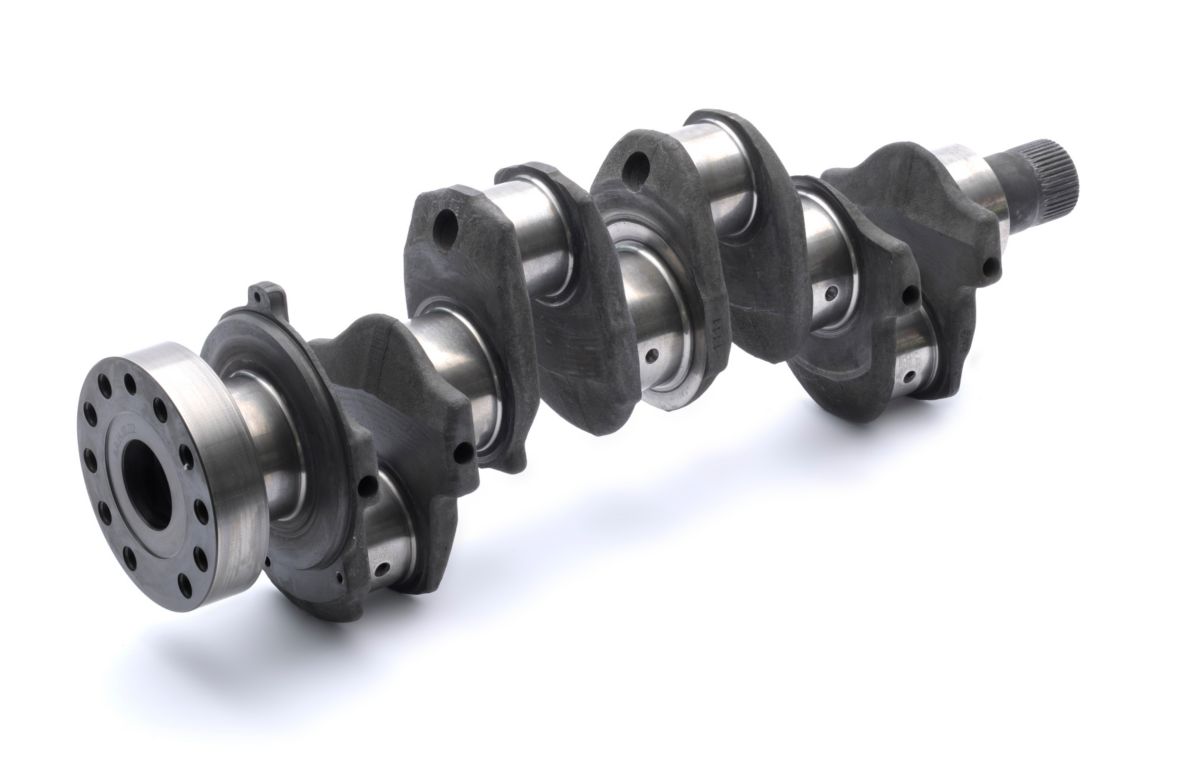Crankshaft

An engine crankshaft is a rotating mechanical component that converts linear motion into rotational motion. It is the main component of an engine’s bottom end and is responsible for transferring the force from the piston to the flywheel and ultimately to the wheels.
An engine crankshaft is necessary because it allows the reciprocating motion of the pistons to be converted into rotational motion, which is what propels the vehicle.
An engine crankshaft may need to be replaced if it becomes damaged or worn over time, which can lead to a variety of symptoms such as engine knocking, loss of power, or difficulty starting. However, replacing a crankshaft is a major repair that is not typically necessary unless there is significant damage.
The engine crankshaft is located in the engine block, typically at the bottom of the engine. It is connected to the connecting rods, which are in turn connected to the pistons.
When the piston moves up and down in the cylinder, it is connected to the connecting rod, which is in turn connected to the crankshaft. The rotational motion of the crankshaft converts the linear motion of the piston into rotational motion, which is then transmitted to the flywheel and ultimately to the wheels.


